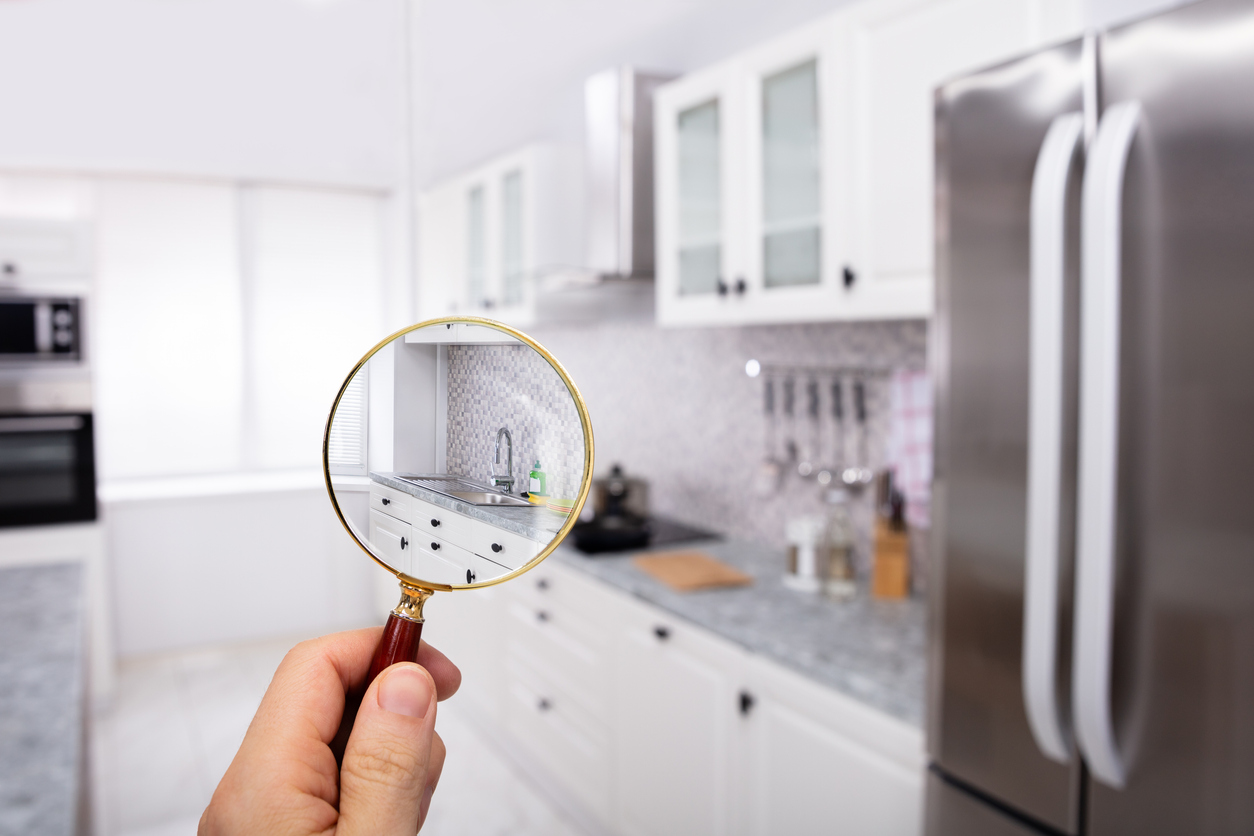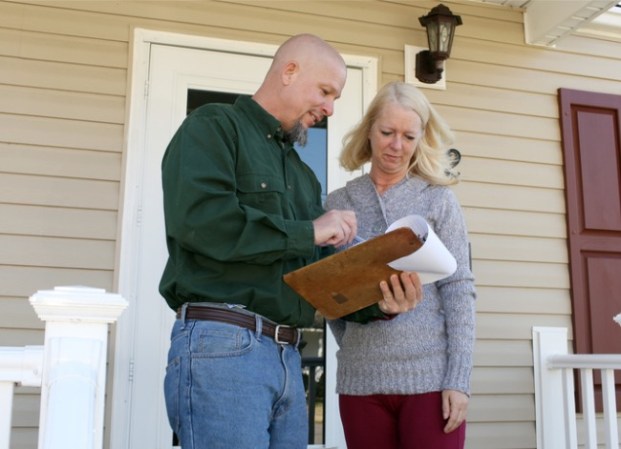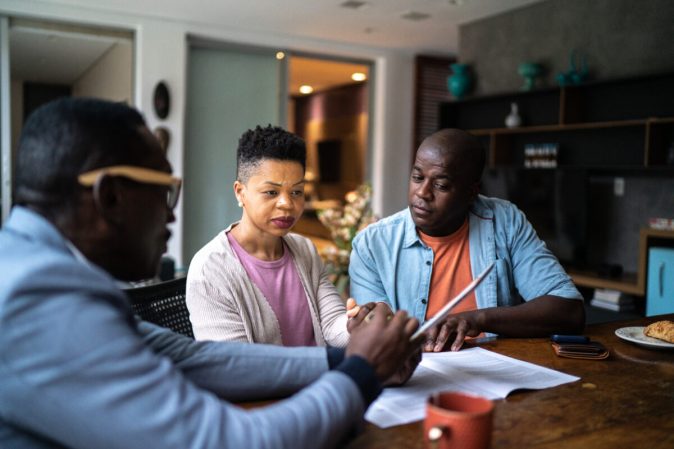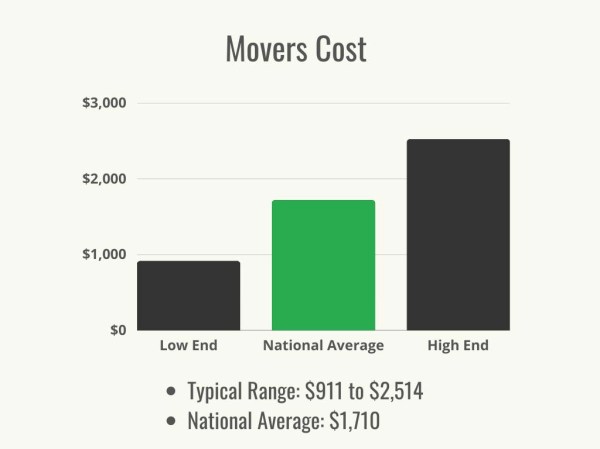We may earn revenue from the products available on this page and participate in affiliate programs. Learn More ›
The final walk-through is a vitally important part of the homebuying process. Regardless of how many times you view a home before making an offer, the final walk-through is different. Keep reading to find out why it’s so critical, what you should be looking for, and what you can do if anything is amiss.
Related: 7 Real Estate Deal Breakers to Avoid
The purpose of a final walk-through
When you’re getting ready to purchase a home, the final walk-through really is important. It’s not a formality, like the final walk in a beauty pageant. No, these results could actually determine if and when you’re going to close on the new home. “A walk-through is your final look at the home you are buying before closing,” explains Stephanie Minnich, sales agent at the Falk Ruvin Gallagher Team at Keller Williams Realty in Whitefish Bay, WI.
“We’ve likely not been to the home since the inspection, so the purpose of the walk-through is to make sure it’s in the same condition, confirm agreed-upon work from the inspection has been completed, and that anything included in the offer remains in the home,” she says.
Don’t think of the final walk-through as optional
Ideally, the final walk-through would happen right before closing. In other words, you would leave the walk-through and then head over to the closing. Sometimes, that timeframe isn’t practical. However, it should never be longer than a few days because the status of the house could have changed. For example, on Sunday the home was fine, but by Friday, a tree may have fallen on it or the movers may have left the water running in the sink and now it’s overflowed and flooded the home. Any number of things can happen over an extended period of time.
“If a buyer cannot be at the walk-through, then a representative or the trusted agent should be present,” advises Betsy Ronel, a licensed real estate salesperson with Compass in Westchester County, NY. “The final walk-through is the time to make sure the house and the property are in the condition they were in when you went into contract,” she says. While it is not required, it is highly recommended, and it’s for the seller’s benefit.

What should you be looking for
During the final walk-through, you’re looking for anything that is out of order, something out of the ordinary, or repairs that have not been made. “The house should be broom clean, at the very least, with all things in order,” Ronel says. “No garbage, furniture, paint, etc., should be left unless this was agreed to in the contract.” You don’t want to be the recipient of junk that sellers leave behind.
Ronel also provides the following list of things to check:
- Water should be on and working.
- Light fixtures should be in place and working.
- There should be no damage to walls, floors, cabinetry, doors, windows, garage doors, or the outside property.
- Other than potentially emptier, the house should look the same and be as sound as it was when previously viewed.
In addition, Minnich supplies a few other items to look for during a final walk-through:
- Watch out for unexpected issues such as damage from a mover or a recent storm that has caused water damage.

Would anything halt the closing?
Depending on what types of problems you find during the walk-through, you may decide to push the pause button on the closing. For example, if you uncover a new problem that wasn’t there during the time of the offer or inspection, Minnich says this can definitely bring the closing to a halt. “For example, let’s say the water heater has started leaking, or a seller hasn’t removed a majority of their personal items and it’s clear they won’t before the closing date.” She explains that something like an old couch that’s still in the basement would indeed be problematic.
In addition, Ronel says there may be previously disguised damage to the structure, flooring, and walls. Unfortunately, some sellers find out the hard way that home staging can’t hide these problems. “If the wood floor in the living room has huge stains on it that were never revealed before because there was a staged rug in place from the first showing to the last inspection, that can halt the closing as well,” Ronel explains.
It could also be halted if some of the items you negotiated when buying the house are no longer there. “For example, if you agreed that the sellers would leave their AC window units and they did not, that is a problem,” Ronel says. If the movers left a huge gash in the walls in the hallway, that also needs to be fixed or otherwise negotiated. “Another example is a storm that toppled a heavy tree branch and created a hole in the roof,” she says.
Related: Moving? 5 Ways to Minimize Surprise Costs

What happens next?
So, can these issues cancel the sale of the house? No, not usually. “The closing is usually delayed and the agents of the buyer and seller work together to resolve any issues,” Minnich explains. “It can either be quickly resolved or we work on a plan together to move forward and get the house closed.”
But it does have the potential to change what might have been a cordial transaction. “These are things that do not show good faith and set a sour tone to the final moments of transfer,” Ronel warns. “All of these things can be dealt with by the attorneys or agents, but they definitely warrant a halt in the closing proceedings until they have been solved.”
Related: 18 Hidden Costs of Moving
















